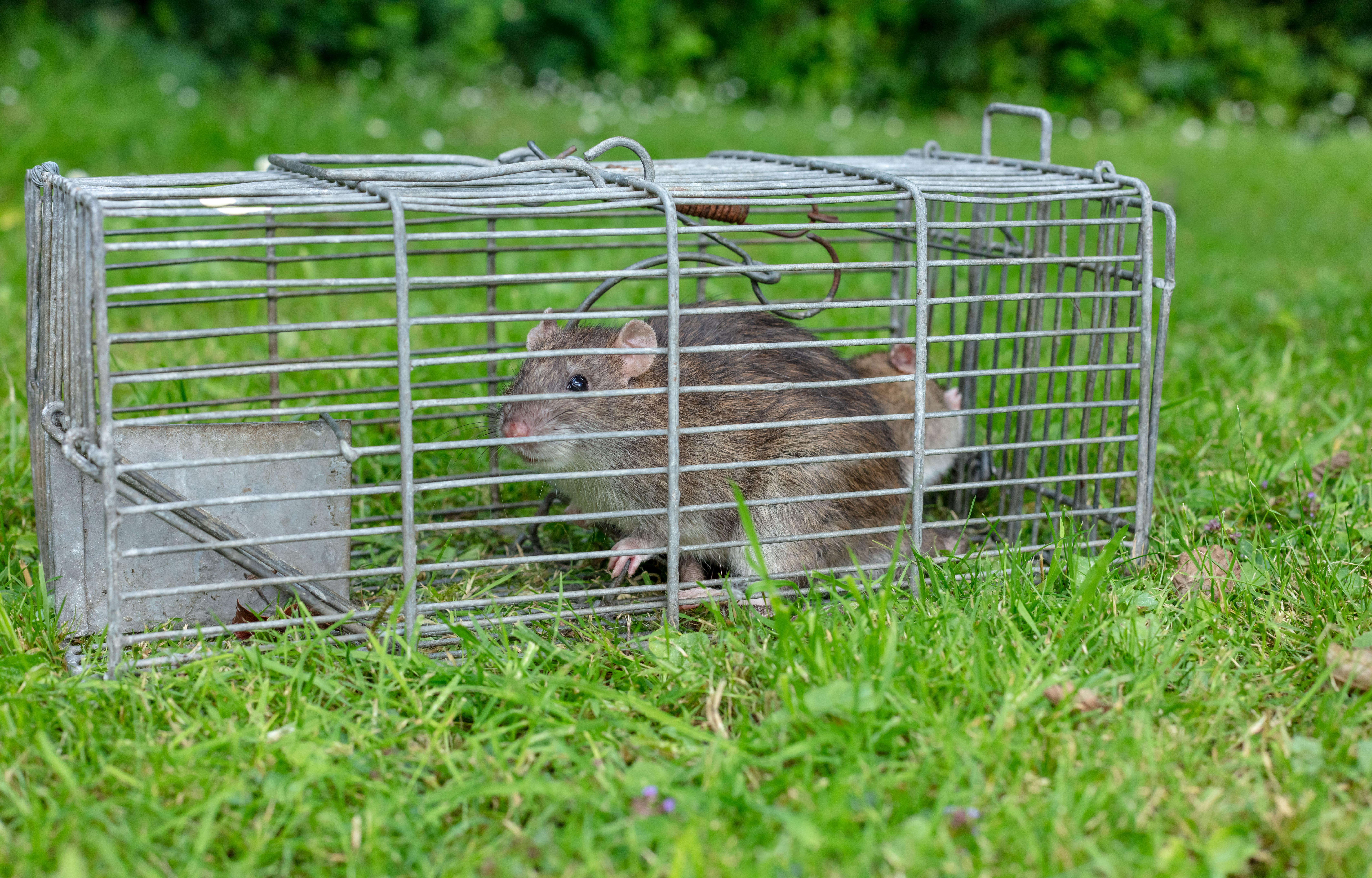
When calculating the cost of hiring a flea exterminator, consider your home size and the infestation extent. This guide will help you figure out what to budget.
Get those gnats to swarm elsewhere


Gnats are the epitome of annoying, and the way they travel in armies makes them all the more unbearable. Luckily, these pests are highly predictable, and knowing what attracts them is key to keeping them at bay. Here are the major things that attract gnats to your home and how you can keep them out.

Nothing is more irritating than swarms of relentless gnats attacking your face. So, what do gnats like, and what makes them go after humans? If you are wearing a sweet fruity or floral perfume, lotion, or laundry detergent, that could be the culprit. Gnats tend to go after sweet smells, so try to keep them at a minimum if you’re going outside.
While that decorative fruit bowl is certainly visually appealing, it can also be a “come hither” to gnats. They can’t get enough of the sweet, fresh smell of open produce, and they’ll happily buzz around any they can find.
Avoid leaving out a tempting feast—keep your produce in the fridge or in sealed containers. Consider curating a bowl of fake fruit or even hanging a painting of fruit if you miss the fresh pop of color.

Gnats breed in areas of moisture, so it’s important to keep your home as dry as possible. Clean up spills ASAP and dry off your sink after you’re done using it. If you have standing water caused by leaking pipes, contact a local plumber right away for repairs.
Banana peels, apple cores, and other food waste will marinate the trash in your trashcan as they break down, giving off a smell that gnats and fruit flies can’t resist. If you can, avoid throwing organic waste in the trash—or, better yet, start a compost pile outdoors (far from your home, of course). If you do throw food waste in the trash, be sure to take it out frequently.
If you’re seeing small gnat-like flies congregating near your drain, dilute a capful of bleach in a pitcher of hot water, then pour it down the drain. This trick will help clear out whatever smell is attracting the flies, which are likely drain flies or fruit flies rather than gnats. Plus, it will kill off any larvae in the drain as well.
If you’re still swatting away these pests after this homemade remedy, a call to a local pest control service may be in order.

An easy way to get rid of gnats and fruit flies is by trapping them in an open bottle of wine or vinegar. They love the smell and will naturally flock to it, but they won’t be able to find their way out of the narrow bottleneck. Note that this can attract more flies, so be sure not to leave any doors or windows open while your traps are out.
Gnats, drain flies, and fruit flies are the bane of a bartender’s existence—and home bars are a major attractant for the insects. If you have a home bar, follow the bartender’s closing ritual: Tightly wrap and refrigerate cut fruit, pour diluted bleach down the drain, then use small disposable cups to cover up any drains. If you use speed pourers, wrap them, cover them with cups, or purchase plastic caps to fit over them.
Fungus gnats are a special type of gnat that specifically targets your houseplants. And what do fungus gnats eat? Mold, fungus, and decaying leaves, which is why they are so attracted to plants in the first place.
To keep fungus gnats away from your plants, the most important thing to avoid is overwatering. Not only will this create excess moisture, which the gnats love, but it might lead to mold and rot—both of which will feed them. To keep them at bay, care for your indoor plants by only watering them as needed and removing dead, decaying, or moldy portions.
From average costs to expert advice, get all the answers you need to get your job done.

When calculating the cost of hiring a flea exterminator, consider your home size and the infestation extent. This guide will help you figure out what to budget.

Moth infestations can cause damage to items in your home. Learn how much moth extermination costs and ways to save in this informative guide.

How much does a gnat exterminator cost? The answer depends on the method of treatment and the level of infestation. Find out what plays into your budget.

The termite inspection cost varies based on your location and reason for getting the service. Learn more about termite inspection budgeting.

Noticing a growing number of rats calling your yard or garden home? Here are your best options to deal with them.

If you see a mouse hole in the wall, it’s time to seal your house from mice. Our guide will show you how to safely and humanely seal a house from mice.